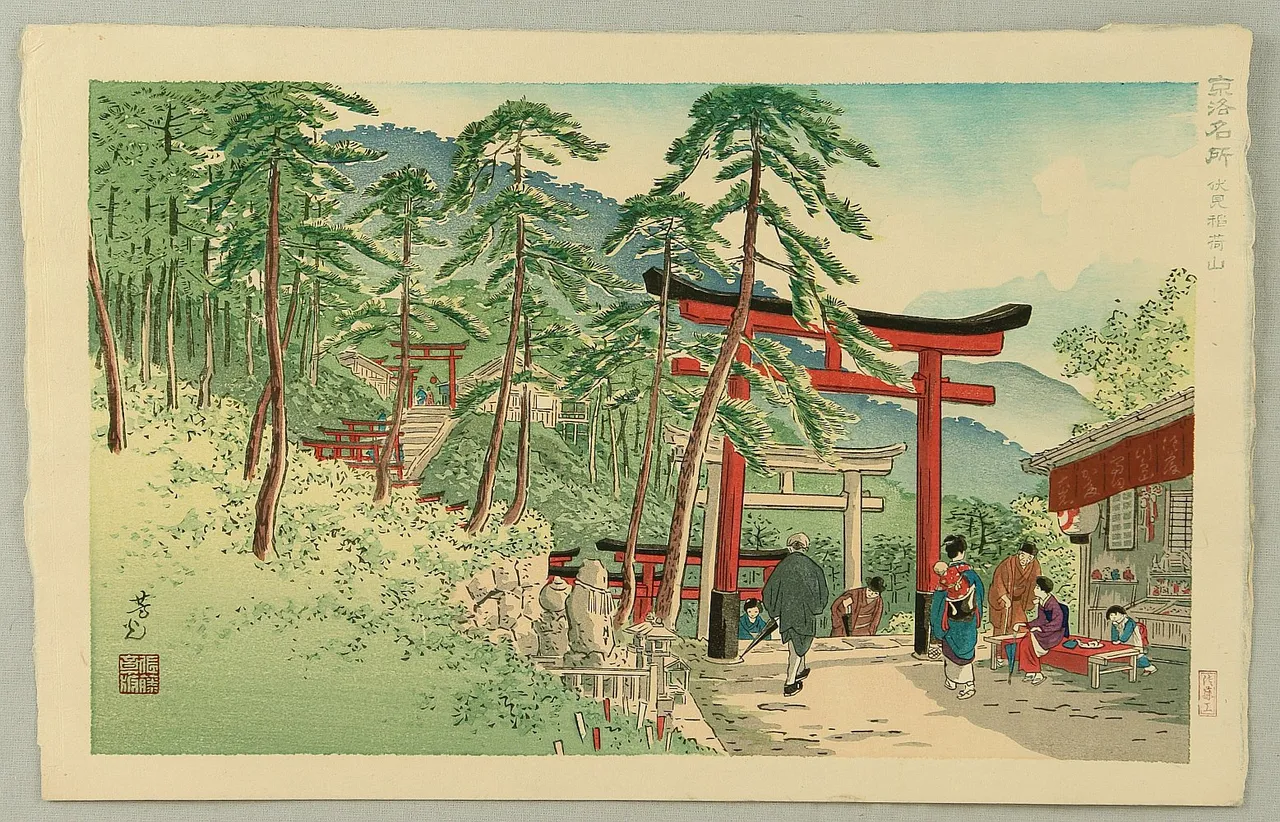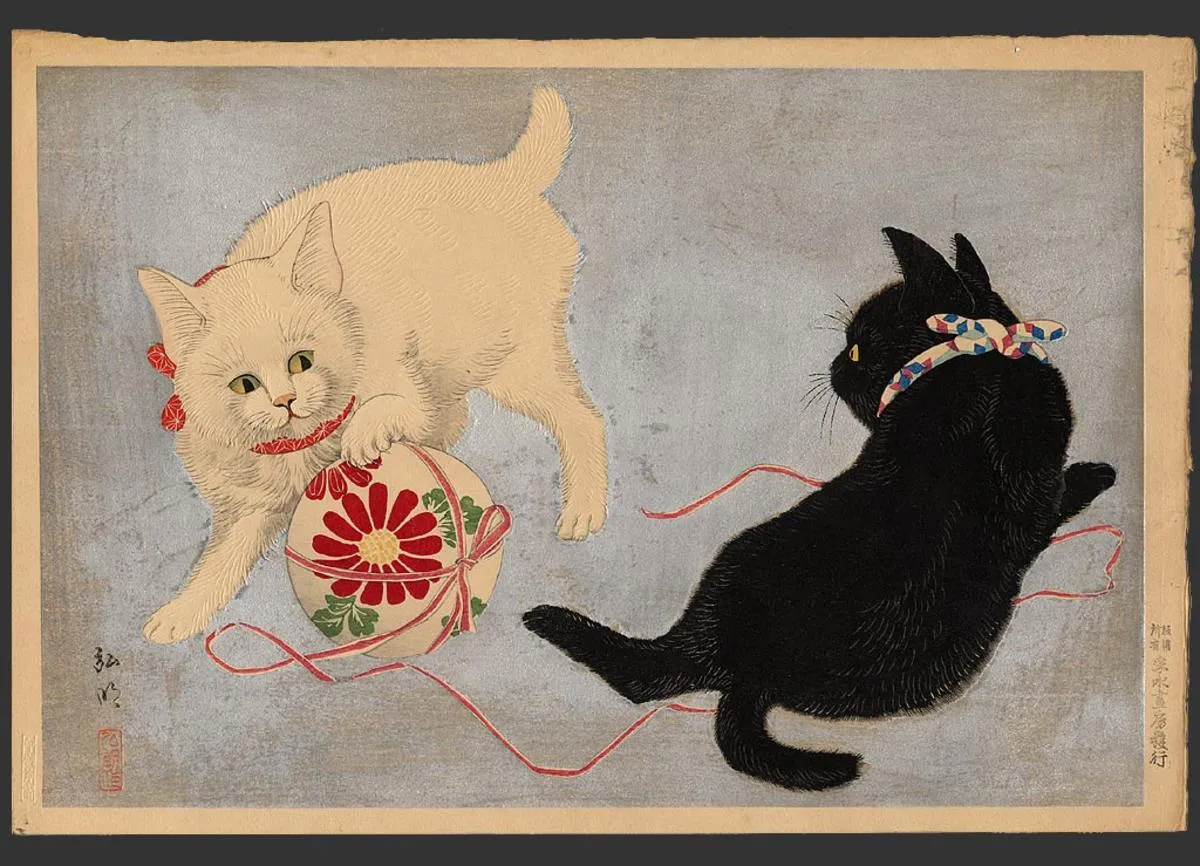
Today begins a new microseason! If this is your first time joining us, scroll down past the forecast to read about what exactly a microseason is. For the rest of you, let’s jump in!
The Current Solar Term: Risshun
Today, Feb 4th, begins Risshun (立春), the 1st solar term (節気, sekki), which means Beginning of Spring.
That’s right, this is the first solar term! On the old calendar, spring was considered the start of the entire year. The 24 sekki is based on the movements of the sun, so this day doesn’t always line up with the lunar calendar (as it didn’t this year; Lunar New Year was two days ago), but it’s usually close. Anyway, from today the cycle starts over again!
The cold has reached a peak and we are now moving towards warmer weather. The earth is waking up from her long slumber, and we may start to notice more and more signs of that if we pay attention.
Risshun lasts until Feb 18th.
The Current Microseason: East Wind Melts the Ice
Today, Feb 4th, begins 東風解凍, the 1st microseason (候, kō) which is read harukaze kōrio toku and means East Wind Melts the Ice. This is the first microseason of Risshun, which is itself the 1st solar term of spring.
One of the first signs of spring is the wind, a warm wind blowing from the east that gradually starts to melt the thick winter ice on the ponds and lakes. In reality, in Japan, it is more of a southern wind, but this entry shows the origin of this system as China; in Chinese feng shui (風水, read fūsui in Japanese,) spring is called “east wind” as it governs the east.
This wind has many different names according to tradition, but the common one is haru ichiban (春一番), the first spring wind.

Seasonal Activity: Hatsu-ume Festival
Hatsu-uma (初午) is the first horse day in the year, which is usually the first day or two after Risshun starts. This day is in honor of Inari Ōkami (稲荷大神) and is celebrated at Inari shrines across the country. The head Inari shrine is Fushimi Inari, located in Kyoto, so this is the location of the biggest of these festivals.
Inari is a god of many things, but one of the most common is for a good harvest, making this festival especially popular with farmers.
This is a superstition that unless it rains on this day, fires will break out, therefore many fire houses still to this day pass out sacred strips of paper (御札, ofuda) to prevent fire.
The second horse day of the year is called ni-no-uma (二の午) and the first is called san-no-uma (三の午) and these also have festivals in some areas.

Here is a haiku for this microseason:
nete okite oakubi shite neko no koi
then a big yawn
the cat goes out in search of love
—Issa
The plants and wind aren’t the only things waking up for spring; the cat’s passions for a mate are also starting again. neko no koi, cat’s love, is a very common kigo (season word) for early spring.

Will move this info to another post one of these days, but for now, briefly:
- Each month has two seasons, called solar terms (節気, sekki), giving us a total of 24 seasons. This gives the system its name, the 24 Sekki (二十四節気). I usually refer to this entire system as The Japanese Almanac. It is more than a little similar to the American Farmer’s Almanac.
- Each of these 24 seasons is further subdivided three more times, giving us a grand total of 72 seasons, or microseasons (候, kō).
- Each microseason is about 5 days. With time periods so short, they can get pretty specific about what in nature we might expect to be happening around now.
- The system was originally from China, but it was reformatted during the Edo Era (1603–1868) to fit better with Japan’s climate. I find it also fits fairly well with much of the Midwest in the Eastern half of the US. But if you live in a different area, your milage may vary.
- The entire system is based on the equinoxes and solstices, so it is fluid and the exact dates will vary by a day or two from year to year. Luckily there are a great many Japanese sources that do the astrological computations for us and tell us exactly when each one starts and ends every year.

The next microseason starts on Feb 9th. See you then for the next forecast!
